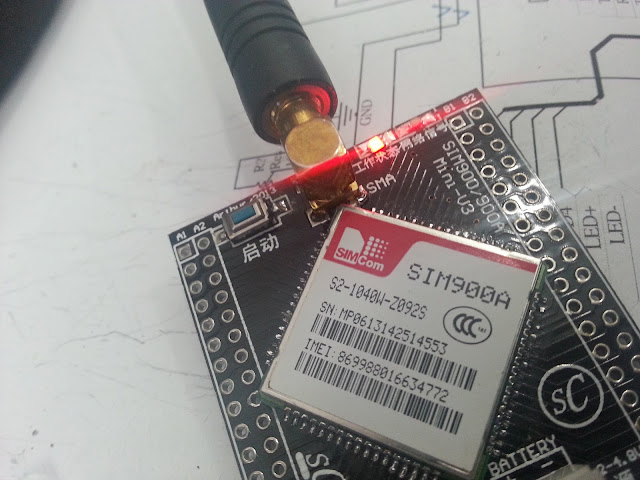This is a simple setup guide to enabling Two Factor Authentication (2FA) on Linux SSH login. I this article I wont go deep into setup and issues that I have faced when implementing this. First thing is first Update your system first. I have used Ubuntu 20.04 and it is always up to date. To enable 2FA you need to install google authenticator modules sudo apt install libpam-google-authenticator Configuration for PAM and SSHD Add the the following line to /etc/pam.d/sshd and After adding this line please restart the sshd services. auth required pam_google_authenticator.so Go to /etc/ssh/sshd_config and check if the following line exist. Default value will be "no" so change it to "yes" to activate. ChallengeResponseAuthentication yes Configuration for Authenticator In the terminal run google authenticator command It will ask few things to acknowledge by user. Details you can see from the below video. Once this part is done you are ready to use the 2FA in ubuntu. T
Since everyone is interested in this post and lots of request comes to get the firmware, i have put a link so that everyone can download it easily. SIMCOM 900A firmware
Its been a while that i was trying to fix the SIM900A GSM module. This module support local GSM band but after some researches it was concluded that it is carrier locked :(. After long conversion of days to actual chip manufacture SIMCOM, they told it can be fixed by updating its firmware to latest original version but unfortunately they don't provide firmware to small parties.
I never stop trying to get the firmware and SIMCOM again replied, this time they said contact local SIMCOM supplier and request for firmware. But this little Maldives don't have SIMCOM or any electronics manufacturer. So i contacted my friend coody from NOA LABS/Smart prototyping (a friend in china) and told him to help me. I explained him what to do so he can communicate with SIMCOM in china.
Finally he sends and email saying that he got the firmware and it is uploaded to drop box. So just now downloaded the files and flash the new firmware and tadaaa... it works and works :)
Now i can register to local networks and do the magic.
Here is the terminal data that i got after the update.
NORMAL POWER DOWN
+CREG: 3
RDY
+CFUN: 1
+CPIN: READY
+CREG: 0
+CREG: 2
+CREG: 1,"003C","F945"
Call Ready
at+cops=?
+COPS: (2,"DhiMobile","","47201"),(3,"WATANIYA","WATANIYA","47202"),,(0,1,4),(0, 1,2)
OK
at+cmgs="xxxxxxx"
> test
+CMGS: 34
OK
for test i send an SMS and it works perfectly..see the above..

Comments